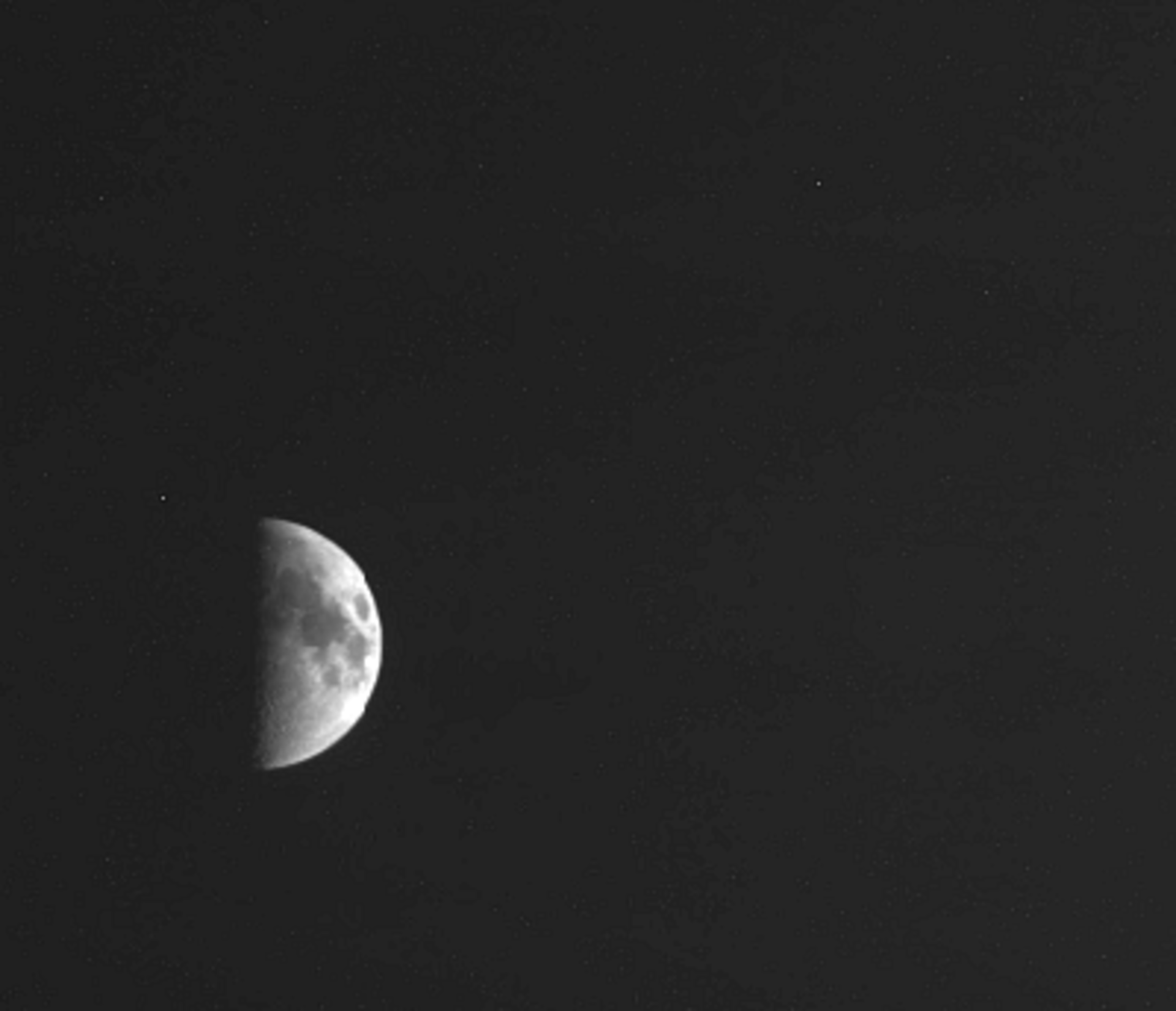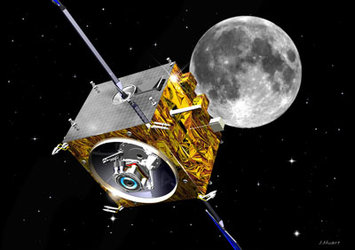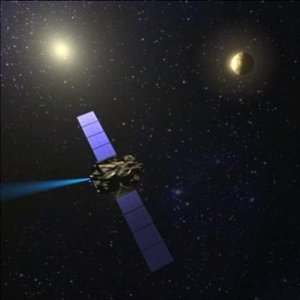SMART-1 pauses to take in the view
ESA’s SMART-1 spacecraft is now in its 207th orbit, in good health and with all functions performing nominally.
The spacecraft has been thrusting only before rounding the perigee (lowest point of its orbit) to finely tune the altitude of the apogee (highest point). This is to limit the length of the eclipses due to occur in March. The perigee is now 14312 kilometres and apogee 59491 kilometres, with an orbital period of 24 hours and 53 minutes.
“In this period the electric propulsion engine's performance has been nominal,” said Giuseppe Racca, ESA’s SMART-1 Project Manager.
The total accumulated thrust so far is more than 1705 hours, using 27.1 kilograms of xenon gas fuel and providing a velocity increase of about 4390 kilometres per hour. From 30 January 2004, the ion engine will remain switched off for the next three weeks. With a stable and predictable orbit, this period is being used for instrument commissioning.
“After driving for four months in the near-Earth radiation belts, fogged with dangerous energetic particles, we have now reached a quieter environment,” said Bernard Foing, SMART-1 Project Scientist. “This is the right moment to pause the ion engine, check the instruments on board, and start taking some scenic pictures and smell the fresh magnetosphere.”
On 18 January 2004, a first test image of the Moon was obtained by the AMIE camera. On 29 January, a series of AMIE images of the first quarter Moon were taken with several filters (see picture). “We are still far away from the Moon but these pictures promise very nice results for when we approach closer,” said Jean-Luc Josset, Principal Investigator for AMIE.








